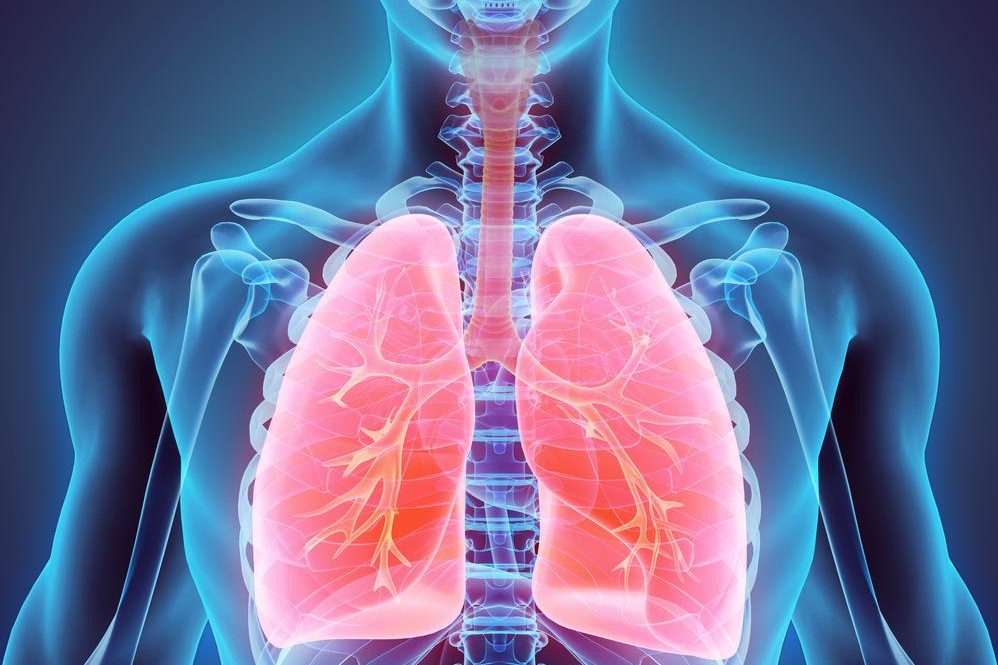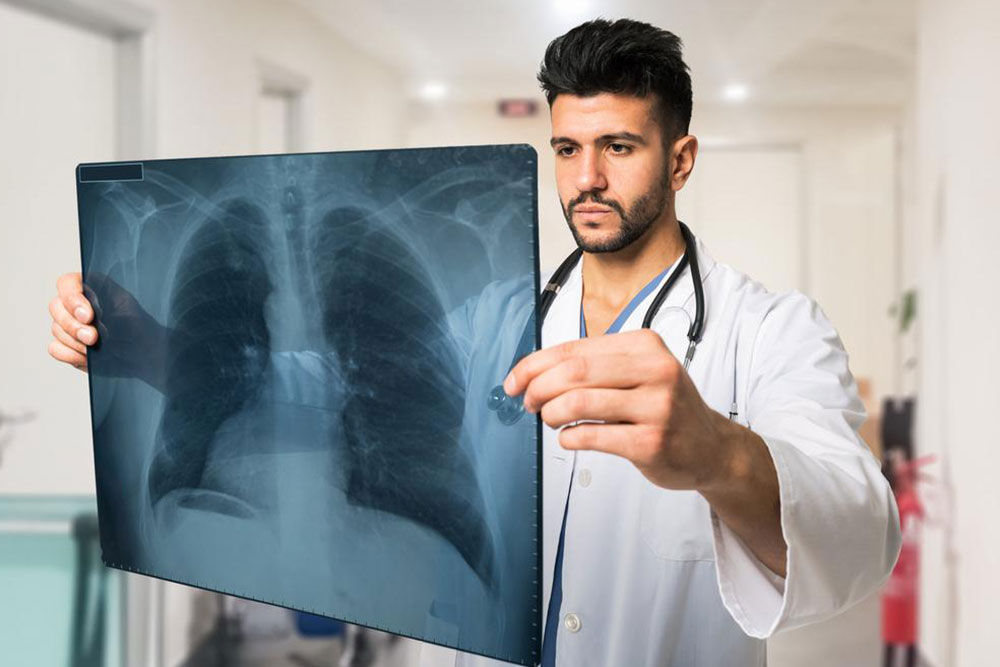Early Indicators and Clinical Features of Lung Cancer
This article explores the early signs, symptoms, and associated syndromes of lung cancer. It discusses diagnostic challenges, treatment options including palliative care and aggressive therapies, and highlights the importance of prompt medical evaluation. Recognizing symptoms like persistent cough, chest pain, and neurological signs can aid early detection and improve outcomes. The piece underscores that lung cancer may cause specific syndromes, emphasizing timely diagnosis for effective management and better quality of life.

Indicators and Manifestations of Lung Cancer
Lung cancer frequently remains symptomless during early development or when it has metastasized, rendering it a silent threat. Often detected only in later stages, it is sometimes called a quiet killer because early intervention is rare. About one-third of cases show widespread dissemination at diagnosis, leading to a poor prognosis.
Some patients choose palliative care to manage symptoms without aggressive treatment. This approach focuses on comfort, reducing pain and improving quality of life. Interestingly, studies suggest that such patients may live longer than those undergoing intensive therapy, though many opt for comprehensive treatment to combat the disease.
The comfort-focused approach involves low-dose chemotherapy or radiation. Patients opting solely for palliative care can sometimes have a longer survival compared to more aggressive treatments. However, many choose a balanced approach, combining treatment and symptom management.
Early-stage symptoms include:
Persistent cough
Chest discomfort
Coughing up blood
Breathing difficulties
Hoarseness
Fatigue
Frequent infections
Wheezing
Advanced-stage symptoms include:
Bone pain
Headaches
Numbness in limbs
Dizziness
Jaundice
Since similar symptoms may appear in other illnesses, prompt medical evaluation is essential for accurate diagnosis.
Lung tumors can induce specific syndromes. Horner syndrome results from nerve compression, causing eyelid drooping and pupil constriction. Superior vena cava syndrome involves pressure on a major vein, leading to facial and neck swelling, headaches, and dizziness. Paraneoplastic syndrome occurs when tumor hormones affect distant organs, causing high calcium levels, abnormal bone growth, and blood clotting. Accurate diagnosis and timely treatment are crucial, as these signs may indicate other health issues.
Note:
This article provides general information on symptoms and syndromes associated with lung cancer. It should not replace professional medical advice. Always consult healthcare professionals for diagnosis and treatment. Use this information as a guide and not as a substitute for expert opinion.










